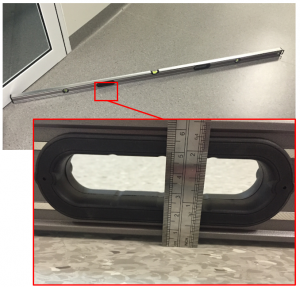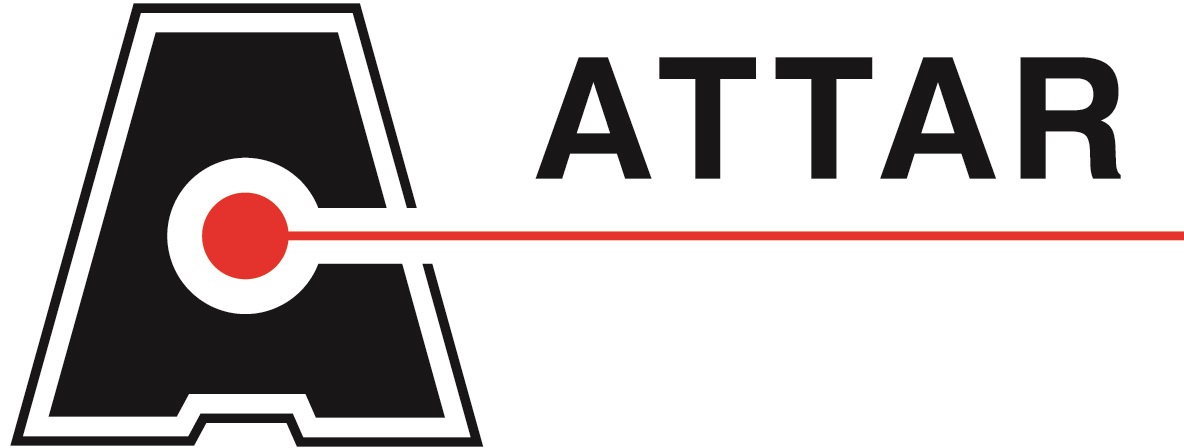Inclining Platform Testing Methods
Wet Barefoot or Oil-Wet Tests?
Inclining platform testing methods, as detailed in the Australian Standards for Slip Resistance (AS 4586), can provide the best assessment of a floor’s slip resistance for particular surfaces and applications.
For areas used predominately under barefoot conditions, such as swimming pool surrounds, change rooms and shower areas, the most appropriate slip resistance test is the Wet-Barefoot Inclining Platform Test. Whilst areas that may experience heavy soiling and contamination during normal usage or flooring products that are either highly profiled or abrasive “anti-slip products”, the Oil-Wet Inclining Platform Test is the most appropriate slip resistance test.
Wet Barefoot Inclining Platform
As prescribed in the Australian Standard for slip resistance of new flooring products (AS 4586: 2013, Appendix C), the Wet Barefoot Inclining Platform test is most suitable for new flooring products that are intended to be used in areas that are frequently wet and used under barefoot conditions.
This test method is conducted in the laboratory using, an inclining platform, and a soapy water test solution. Two testers each take turns in walking forwards and backwards on the flooring product whilst barefoot. The angle of the inclining platform is incrementally increased while the tester continues to walk. Once the platform reaches an angle which causes the tester to slip, the angle of inclination is then confirmed with a secondary walk, recorded and the process repeated several times. This complete process is then replicated by the second test person.
Once the test is completed, the results are calculated against calibration boards and a classification is assigned ranging from No Classification to A, B, or C.
The Wet-Barefoot Inclining Platform test can be used to assess the slip resistance of many floor materials such as ceramic tiles, vinyl products, gratings, floor coatings and rubber products.
Oil-Wet Inclining Platform
For environments and industrial applications experiencing heavy soiling, flooring materials that are highly profiled or abrasive “anti-slip products”, the Oil Wet Inclining Platform Test described in AS 4586 Appendix D is the most appropriate for measuring slip resistance.
This test method is conducted in the laboratory using an inclining platform, specifically manufactured boots from Germany, and motor oil. Two testers wearing the designated boots each take turns walking forwards and backwards on the flooring product which has been coated in engine oil. The platform angle is steadily increased while the tester continues to walk until a slip occurs. Once the test person has slipped, and the slip confirmed with further walking, the angle of inclination is recorded and the process repeated several times. This complete process is then replicated by the second test person.
Once the test is completed, the results are adjusted to the results of verification boards, and a classification assigned ranging from a No Classification through to R9, R10, R11, R12 or R13.
The Oil-Wet Inclining Platform Test can be used to assess the slip resistance of many types of flooring materials that are either highly profiled such as gratings and TGSI’s, abrasive products such as “anti-slip” coatings, or used in environments and industrial applications where they will experience heavy soiling and contamination such as heavy manufacturing and food processing.
For information on the best test method to measure the slip resistance of your flooring product, or any other question about flooring, slip resistance or standard requirements, send an email to danielking@attar.com.au or call ATTAR on +61 3 9574 6144.

Spontaneous Failures of Toughened Glass
Spontaneous Failures of Toughened Glass ATTAR has been asked to investigate an increasing number of spontaneous failures associated with toughened glass panels, or “lites”. Toughened

Subfloor Planeness and Smoothness for Floor Coverings
Installing floor coverings over a smooth and flat subfloor is essential to a successful floor covering installation.
